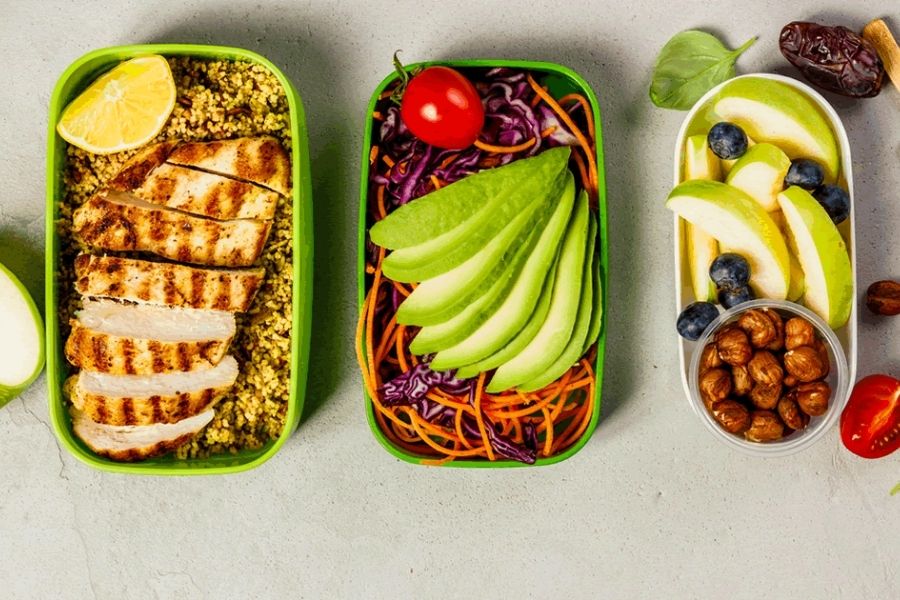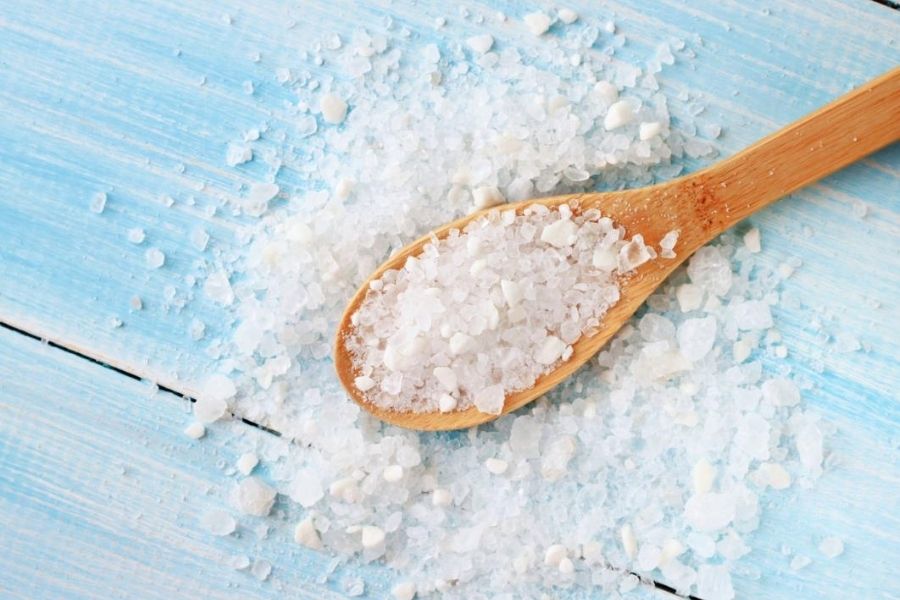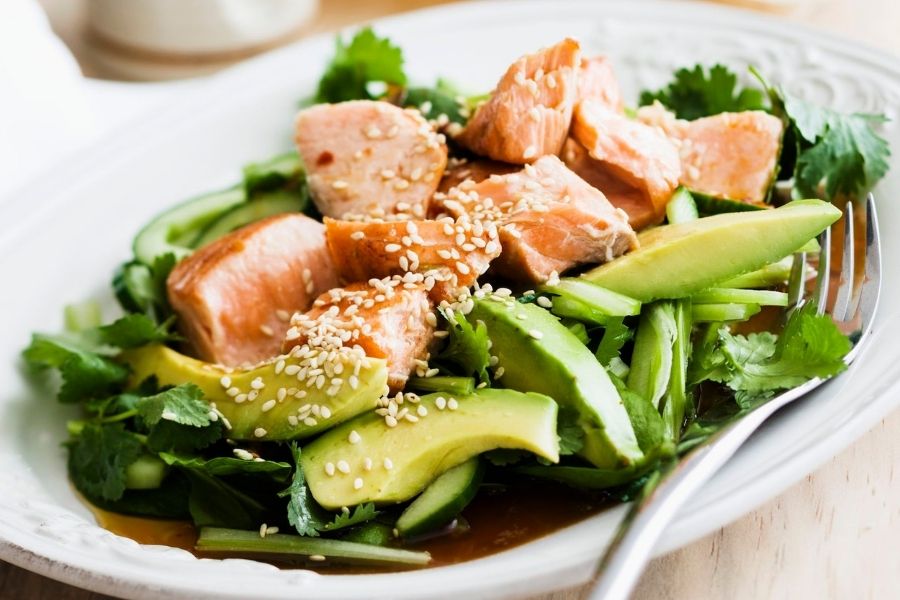The weight reduces rapidly at first during the initial days of exercising but later, at some point, it seems as if your weight loss has reached its limit. This inability to lose more weight is known as a weight loss plateau, and it can be depressing too. But don’t worry; there are ways to tackle a weight loss plateau discussed below in the article.
Losing your weight rapidly is normal during the first few weeks of weight loss. When you cut down the intake of calories, the body gets the required energy initially by releasing its glycogen stores, which is a type of carbohydrate found in the muscles and liver. This weight-loss plateau stage happens to runners, athletes, and dieters too.
Despite working hard to meet your goal when suddenly, the pin on the scale refuses to change anymore. It discourages to keep working hard when you can’t see your labor’s fruits. But as you lose weight, you will lose muscles and fat, and the muscles help keep your metabolism up. So as you lose weight, your metabolism declines, causing you to burn fewer calories.
But you can still achieve your desired goal by following some of the effective healthy techniques if you have reached a weight-loss plateau.
Effective Ways To Tackle A Weight Loss Plateau
1. Cutting Down On The Carbs

Many kinds of research have confirmed that low-carbohydrate diets are effective for weight loss. A review of 13 studies found that people who consumed 50 or fewer grams of carbs a day lost more weight than those following other weight-loss diets.
You can start with protein and fiber-rich meals for dinner and only one serving of carb with fiber and protein-rich kinds of stuff at lunchtime or as a brunch. Add more good quality protein sources and preferably wholesome fruits, leafy veggies in meals, and the inclusion of omega 3 rich fats.
2. Changes In Work Out Pattern

Exercise helps people to maintain weight and build muscles, which can ultimately improve the metabolism. Most people exercise daily for 30 minutes a day for nearly five days a week. But people trying to lose more weight should exercise than the required routine or can increase the intensity of exercise gradually to burn more calories.
Adding a different set of body exercises like strength training or weightlifting to increase your muscle mass will also help. One should always think outside the gym. Try to improve your general physical activity throughout the day by walking more, taking more stairs, etc., or doing more gardening or household activities.
3. Drinking Green Tea

An Australian research team concluded after some research done on mice where they consumed more than 5 cups of coffee a day, which led to an increased amount of belly fat. On the other side, another study found that subjects who combined cups of green tea with 3 hours of exercise a week lost around two more pounds than their non-tea-drinking counterparts. Green tea contains catechins that help rev the metabolism and speed up the liver’s fat-burning capacity. Making the switch from coffee to green tea is quite needed to improve the fat burning capacity.
4. Added Sugar And Excess Salt

Sugar is termed as the devil’s crystals responsible for weight gain. Regularly indulging in foods high in sugar may cause you to gain excess body fat quicker. Added sugar is a source of empty calories; it offers very little nutrition.
A high-salt diet can result in a higher number on the scale because salt leads to water retention in the body. However, most processed and refined snacks are big sources of sugar, salt, etc. The recommended daily intake of sodium is not more than 2,300 mg. So try to maintain the limit of consumption.
5. Interval Training

It is another great way to boost up your calorie burn. Interval training alternates short bursts of high-intensity activity (30 secs) with longer intervals (1 to 2 minutes) of less intense activity. It is one of the best work outs to improve the fitness level and helps in the weight loss journey.
You can simply start with
- Warm yourself up for 10 minutes.
- Running or rowing for 3 minutes at 90 percent of your maximum heart rate.
- Take 3 minutes of active recovery (you’re still moving but at a low pace) and then repeat the 3 on/3 off pattern 3 more times.
- Finish with a 10-minute cooldown or stretching exercises.
6. Stress

Stress can interfere with weight loss as it interferes with the body’s ability to drop weight. Chronic stress messes with your cortisol hormone levels, resulting in various stress signs on the body. High cortisol levels are linked with obesity too.
7. Intake Proteins In A Diet

Protein plays a vital role in metabolism as it boosts metabolic rate more than either fat or carbs. It has to do with the thermic effect of food that occurs due to the digestion of food. Protein digestion boosts calorie burning by 20–30%. Also, it stimulates the production of hormones, like Peptide YY (PYY), that help reduce appetite and make you feel satisfied.
8. Try Intermittent Fasting

Intermittent fasting is a very popular method of effective weight loss. It involves going for long periods without eating anything, between 16–48 hours.
You can start with three meals a day: breakfast, lunch, and dinner. Try cutting down the snacks and add a little bit more fat to the meal to allow you to stay longer without eating. If you are used to snacking, get used to three meals a day without snacking first, and then once you are there, go ahead and breakfast.
Day by day, go ahead and push it forward. If you are used to eating breakfast at 8 am, move it to 8:30, then 9:00, then 9:30, and so on, until breakfast and lunch are at the same hour and become one meal instead of two. Now the time in between dinner and lunch the next day, as the next meal, is getting longer, and you intermittent fast for a period of 16-18 hrs.
9. Get Plenty Of Sleep

Sleep is very important for good mental, emotional, and physical well-being. Inadequate sleep or insomnia leads to weight gain by lowering your metabolic rate and altering the hormone levels. A study found that healthy adults who slept four hours a night for five nights consecutively experienced an average of 2.6% decline in resting metabolic rate, which returned to their baseline levels after they slept for 12 hours.
10. Physical Activity

The Physical Activity Guidelines for Americans recommend adults to perform at least 150–300 minutes every week of moderate-intensity exercise or 75–150 minutes of high-intensity activity. Many people may need more than 150 minutes of moderate exercise per week to maintain their body weight. Introducing small, progressive, effective changes in the activity level can help people tackle a weight loss plateau.
11. Do More Strength Training

Cardio might be the quickest way to weight loss, but don’t skip on strength training as cardio might improve metabolism and burn more calories. Still, weight training exercises, even using your own bodyweight training, will help tone muscles by improving lean muscle mass, which is equally needed. And losing lean body mass will reduce your metabolic rate and can cause a weight loss plateau. Make sure to strength train at least two to three days a week.
12. Drinking Water Is Important

Water is extremely important when it comes to weight loss. It keeps you hydrated all the time. Also, it will boost your metabolism. It is also possible that water helps reduce food intake if consumed before meals.
Let’s try these above ways to tackle a weight loss plateau. They help speed up the metabolism and to break the plateau barrier.







